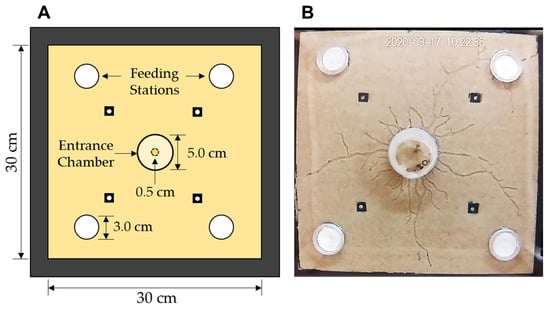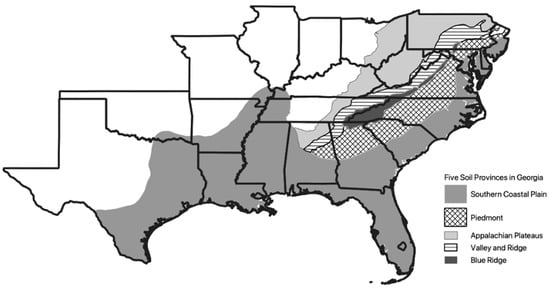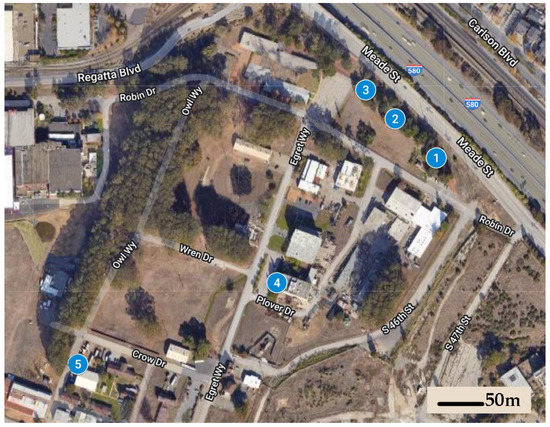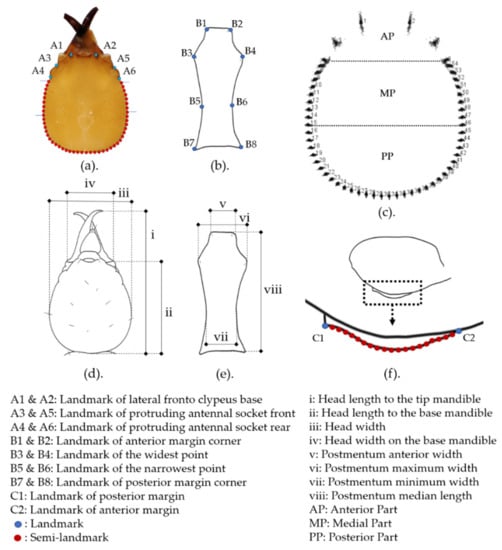Advance in Biology and Management of Termites—In Memory of Professor Yoshimura (Closed)
A topical collection in Insects (ISSN 2075-4450). This collection belongs to the section "Insect Pest and Vector Management".
Viewed by 31230Editors
Interests: termite; biosensing; wood protection
Special Issues, Collections and Topics in MDPI journals
Interests: urban and industrial pest management; insecticide resistance
Special Issues, Collections and Topics in MDPI journals
Interests: urban pest management; termite detection; nonchemical control
Special Issues, Collections and Topics in MDPI journals
Topical Collection Information
Dear Colleagues,
Alongside their vital ecological roles, termites cause serious damage to wood and wood products worldwide. Termite management is one of the most important research topics in urban entomology. In this Special Issue, we would like to invite papers concerning different aspects of termite biology and management. Studies on termite behavior, ecology and physiology are welcomed, as well as new ideas and innovative technological trials from around the world focusing on future termite management. Contributions in the form of mini-reviews and short technical reports are also encouraged.
Special Statement:
We are saddened to announce the demise of one of the Guest Editors of this Special Issue, Prof. Tsuyoshi Yoshimura, on 18 May 2021, at the age of 59.
Prof. Yoshimura was a faculty member of the Research Institute for Sustainable Humanosphere (RISH) (earlier known as Wood Research Institute) in Kyoto University from 1990 to 2021. He has significantly advanced research on the nutritional physiology of termites by revealing the contribution of protozoan fauna in the hindgut to wood decomposition in termites. His research on termite feeding ecology, termite feeding behavior, and biological control using insect–pathogen has led to a comprehensive termite management system in Japan.
Prof. Yoshimura's research, education, international activities, and network reflected his outstanding achievements in his career. He authored 187 peer-reviewed papers, 20 books, and 24 review articles in academic journals. Prof. Yoshimura was highly regarded as one of the most respected drywood termite researchers in the academic world. Besides that, Prof. Yoshimura's effort in university education and interdisciplinary science included the training of many scientists throughout the Asian region and beyond.
In honor of Prof. Yoshimura's lifetime achievements, we have extended the deadline for manuscript submissions to this Special Issue until 31 December 2021. We hope that this extension will allow manuscript submissions from scientists who wish to pay tribute to the scientific achievements of Prof. Tsuyoshi Yoshimura.
Prof. Dr. Wakako Ohmura
Prof. Dr. Chow-Yang Lee
Dr. Vernard Richard Lewis
Guest Editors
Manuscript Submission Information
Manuscripts should be submitted online at www.mdpi.com by registering and logging in to this website. Once you are registered, click here to go to the submission form. Manuscripts can be submitted until the deadline. All submissions that pass pre-check are peer-reviewed. Accepted papers will be published continuously in the journal (as soon as accepted) and will be listed together on the collection website. Research articles, review articles as well as short communications are invited. For planned papers, a title and short abstract (about 100 words) can be sent to the Editorial Office for announcement on this website.
Submitted manuscripts should not have been published previously, nor be under consideration for publication elsewhere (except conference proceedings papers). All manuscripts are thoroughly refereed through a single-blind peer-review process. A guide for authors and other relevant information for submission of manuscripts is available on the Instructions for Authors page. Insects is an international peer-reviewed open access monthly journal published by MDPI.
Please visit the Instructions for Authors page before submitting a manuscript. The Article Processing Charge (APC) for publication in this open access journal is 2600 CHF (Swiss Francs). Submitted papers should be well formatted and use good English. Authors may use MDPI's English editing service prior to publication or during author revisions.
Keywords
- termite management
- sustainability
- non-destructive detection
- monitoring
- less-chemical strategies
- non-chemical strategies

















